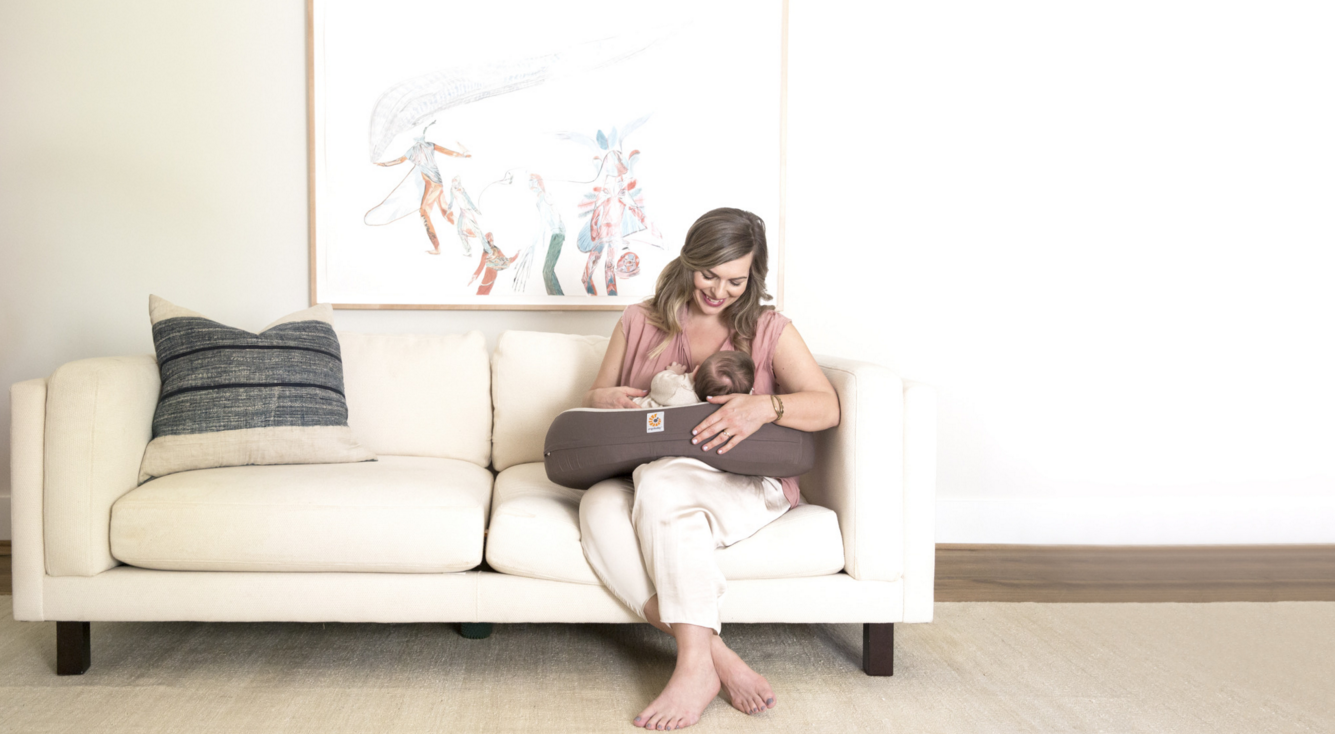
While some women never experience nipple pain when breastfeeding, for many new mothers nipple soreness in the first few days is very common. In fact, sore nipples are the number one reason most women give up on breastfeeding. It’s really a shameful statistic, since, for most women, the pain and tenderness is only temporary and usually lessens after a matter of days.
In the first few days of breastfeeding, tender and sore nipples are to be expected. However, cracked and bleeding nipple conditions that last longer than a week should send a signal to new mothers that something more is going on, and it may be time to seek professional help.
When a baby first latches on, there may be some level of pain. I always tell my clients to count to 30 and see if the pain level abates. If her pain doesn’t lessen up, it probably means they baby has not latched on or positioned properly. The solution is simple: try to take her off and latch her back on again. Your nipple should look the same coming out of the baby’s mouth as it did going in. If it’s looking like a new tube of lipstick, or if it is pinched with a line across it, it probably means your baby is not getting a proper latch to nurse.
An improper latch can happen for many reasons. It can result from a myriad of scenarios such as a poor positioning of the baby at the breast, baby having tongue or lip ties, shallow latch (which means the nipple does not get to the back of the baby’s palate and instead is crushed against her gums), or other anatomical variations. Seeking help from a professional can help you determine the root cause of the issue. Finding and correcting the problem is the key to healing your sore nipples. Otherwise you risk re-damaging them each and every time you breastfeed.
Degrees of soreness can vary from woman to woman, and solutions how to treat the pain also differ. Nursing from the less damaged side first can help provide some relief. Statistically, a baby tends to nurse more gently on the second side offered, as their hunger is less acute.
Also, there are plenty of commercial salves and creams available to lessen pain. With all the products on the market, it can be hard to decide what will work best for you.
The most common treatment for sore nipples is nipple cream that is designed help to soothe cracked and sore nipples. There are many available to choose ranging from lanolin-based (sheep wax) to plant-based products. Choose the one that fits best with your needs.
Glycerin-based hydrogel pads are also very soothing. Gel pads help accelerate ‘moist wound healing’ by keeping the sore nipple from forming a hard scab. They can help speed up healing 50 percent faster than your body’s natural recovery.
Breast shells, which you wear when you are not breastfeeding, can help to keep dampness away and clothing from sticking to the nipple. All of this helps, though you may need to try and experiment a little to see what works best for you.
From my perspective, the best and most cost effective treatment for sore nipples is your own breastmilk. Freshly expressed breastmilk applied to your nipples not only soothes them, it also reduces the chances of infection. Remember, your human milk has antibacterial properties.
A simple homemade saline solution is also very healing. Mix 1/2 teaspoon of salt in one cup of warm water. Make a fresh supply each day to avoid bacterial contamination. Soak nipples for a minute or two, then pat them dry with a clean towel. Applying expressed breastmilk after soaking helps to promote healing.
If the pain is so bad that you feel afraid every time your baby is hungry, it is likely a good time to seek some help before you give up on breastfeeding altogether. I encourage you to give you and your baby a chance to learn how to breastfeed pain-free. Remember, you’re both new to this!



